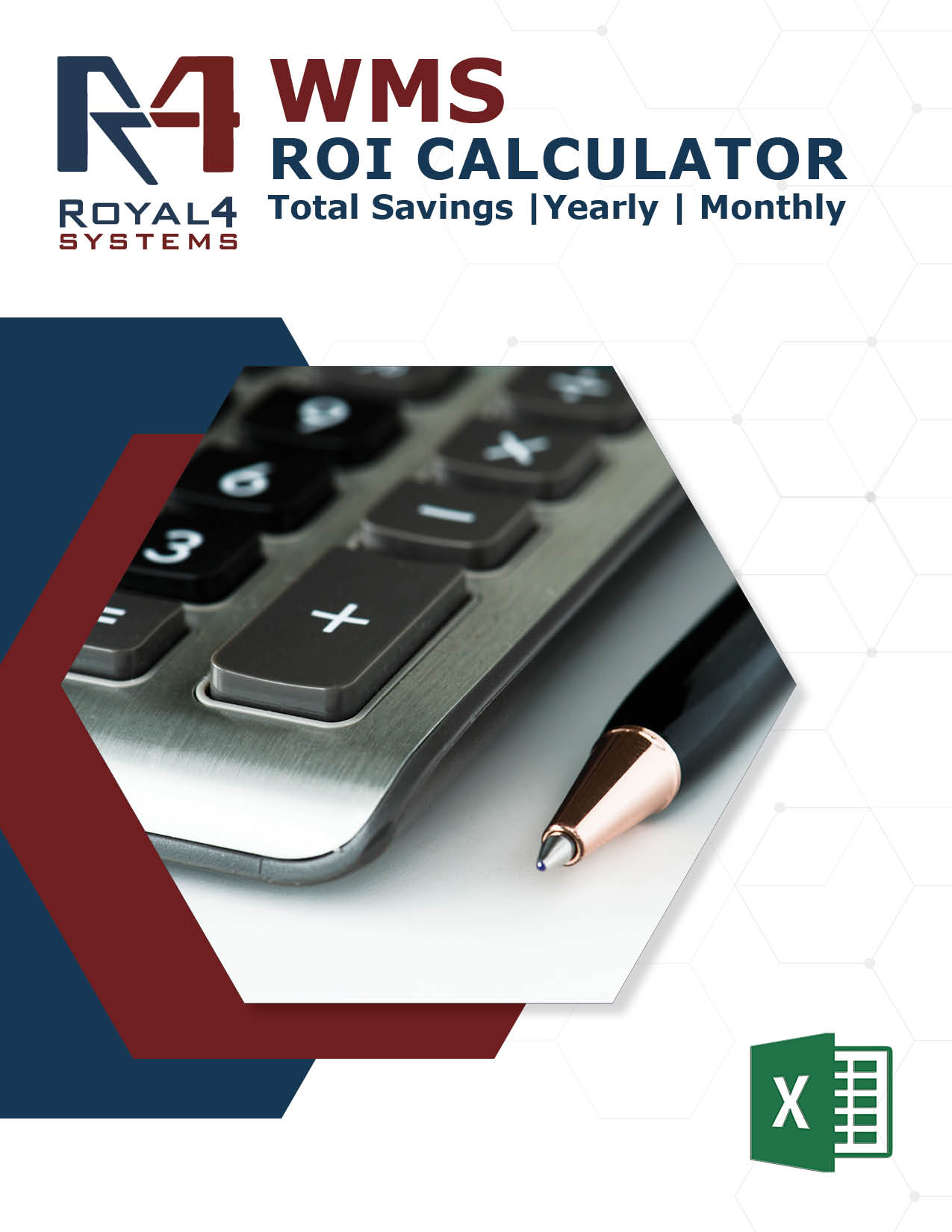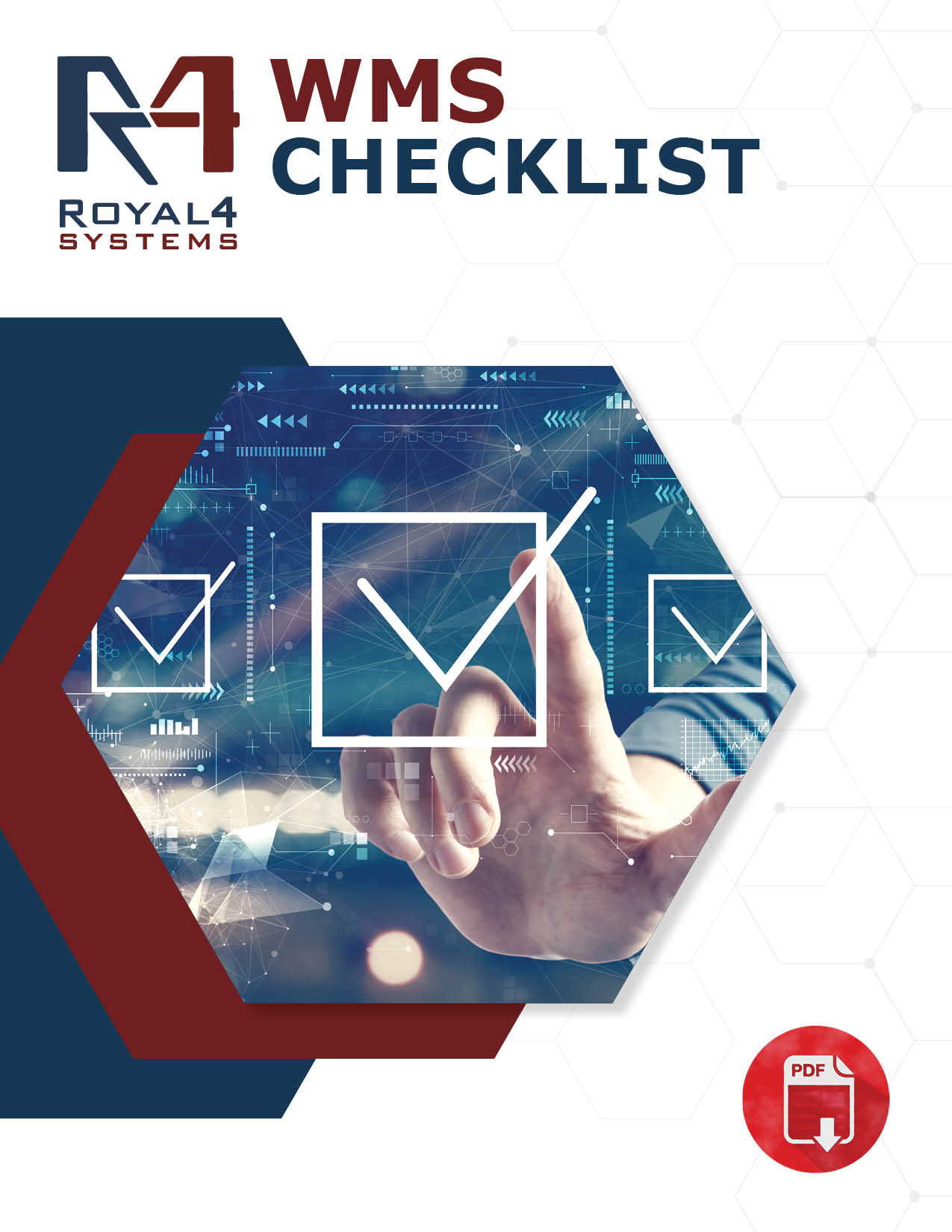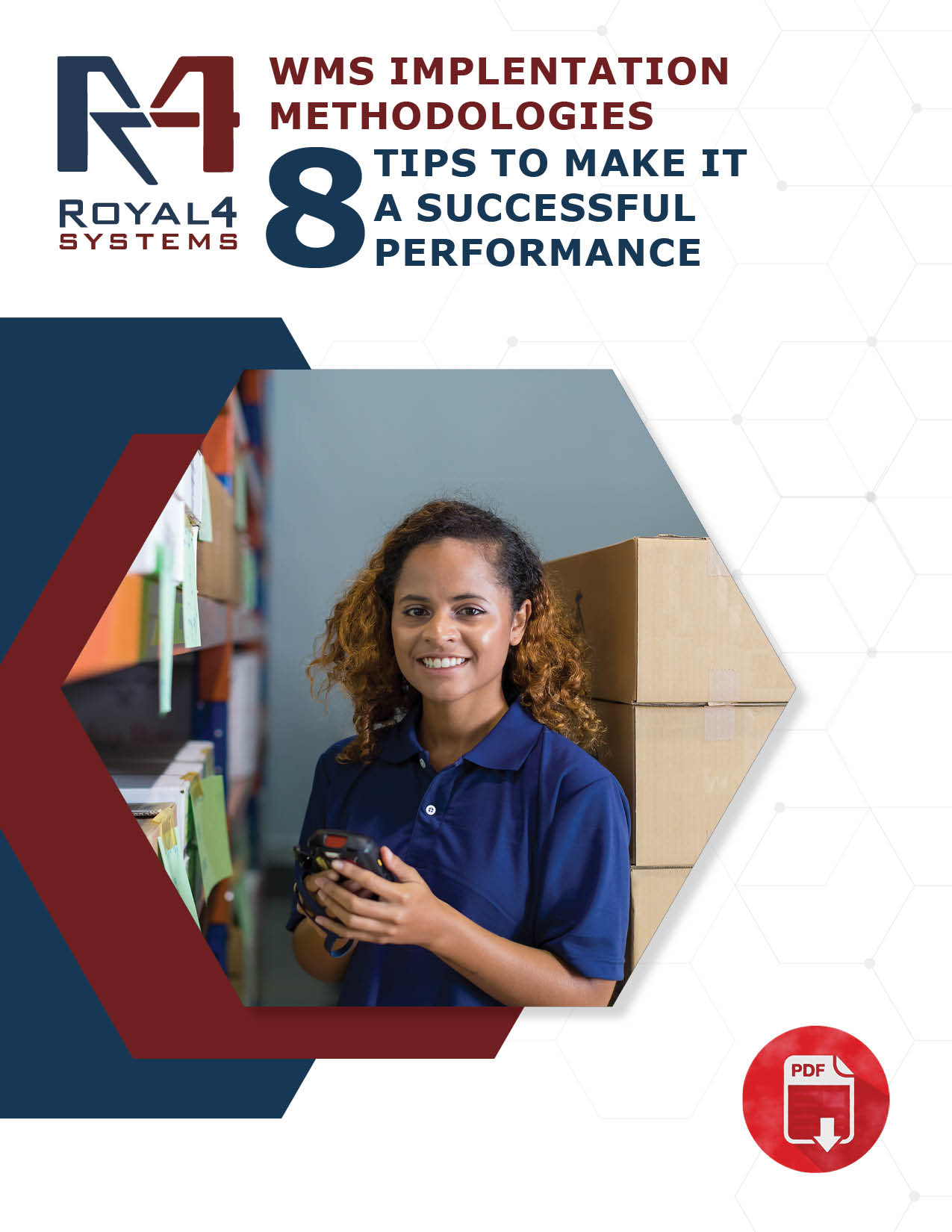
Efficiency and innovation in modern logistics operations
Efficiency and innovation are crucial in modern logistics operations, bringing numerous benefits and advantages to businesses operating in this dynamic industry. Here are the key points highlighting the significance of efficiency and innovation in logistics:
Competitive Advantage
In today’s fast-paced business environment, organizations must continuously seek ways to gain a competitive edge. Efficient and innovative logistics operations allow companies to deliver goods and services faster, more accurately, and at lower costs than their competitors. This advantage can lead to increased customer satisfaction, improved market positioning, and greater profitability.
Cost Reduction
Efficiency and innovation in logistics help to optimize processes, minimize waste, and reduce operational costs. By streamlining workflows, automating manual tasks, and leveraging advanced technologies, businesses can eliminate inefficiencies and achieve cost savings throughout the supply chain. Companies can reduce this cost through improved inventory management, optimized transportation routes, and reduced labor expenses.
Enhanced Customer Experience
In the age of e-commerce and heightened customer expectations, delivering an exceptional customer experience is paramount. Efficient logistics operations enable faster order fulfillment, accurate tracking, and timely delivery, improving customer satisfaction. By providing a seamless and reliable experience, businesses can build customer loyalty, gain repeat business, and generate positive word-of-mouth referrals.
Supply Chain Visibility
Efficiency and innovation contribute to enhanced visibility across the supply chain. Real-time data, advanced analytics, and digital connectivity enable businesses to monitor inventory levels, track shipments and anticipate demand fluctuations. This visibility allows for proactive decision-making, timely responses to disruptions, and optimizing operations based on accurate and up-to-date information.
Adaptability to Market Dynamics
The logistics landscape constantly evolves, driven by globalization, changing customer expectations, and emerging technologies. Efficient and innovative logistics operations enable businesses to adapt to these market dynamics. By leveraging agile processes, embracing new technologies, and continuously improving operations, companies can stay ahead of the curve and quickly respond to market changes.
Sustainable Practices
Efficiency and innovation in logistics also contribute to sustainability efforts. Optimized routes, reduced fuel consumption, and improved inventory management help minimize the environmental impact of transportation and warehousing operations. Additionally, innovative practices such as reverse logistics, packaging optimization, and circular supply chains reduce waste and promote sustainability.
Collaboration and Partnerships
Efficient and innovative logistics operations foster collaboration and partnerships within the supply chain ecosystem. By integrating systems, sharing data, and collaborating with suppliers, manufacturers, and service providers, businesses can achieve greater efficiency, reduce lead times, and improve overall supply chain performance. This collaboration drives innovation and creates opportunities for shared success.
Efficiency and innovation are critical components of modern logistics operations. They enable businesses to gain a competitive advantage, reduce costs, enhance the customer experience, improve supply chain visibility, adapt to market dynamics, promote sustainability, and foster collaboration. Embracing efficiency and innovation in logistics is a necessity and a pathway to success in an increasingly complex and interconnected global marketplace.
Overview of Robotics in Logistics
Robotics has immense transformative potential in logistics operations, improving efficiency, accuracy, and speed. Key points include:
- Streamlined Warehouse Operations – Robotics automates labor-intensive tasks, enhancing efficiency and accuracy. Robots navigate aisles, identify items, and optimize workflows.
- Increased Efficiency and Productivity – Robots enable round-the-clock operations, boosting productivity by automating repetitive tasks.
- Enhanced Order Fulfillment – Robotics accelerates order processing, resulting in faster and more accurate deliveries and improving customer satisfaction.
- Improved Inventory Management – Robots track and update inventory in real-time, improving accuracy, minimizing stockouts, and streamlining replenishment.
- Optimized Warehouse Space Utilization – Robots maximize storage capacity, utilizing narrow aisles and vertical stacking for efficient space utilization.
- Reliable and Safe Operations – Robots operate alongside humans, enhancing safety by handling physically demanding and hazardous tasks.
- Scalability and Flexibility – Robots integrate seamlessly, adapting to changing business needs and ensuring efficient operations.
- Continuous Improvement and Innovation – Robotics drive ongoing enhancements and innovation, with robots continuously learning, adapting, and optimizing performance.
Robotics is reshaping the logistics landscape, delivering operational efficiency, accuracy, and speed, and driving the industry toward a more compelling future.
3PL software and its role in managing logistics operations
3PL (Third-Party Logistics) software refers to the technology systems and platforms that facilitate and optimize logistics operations for third-party providers. It is crucial in managing various aspects of logistics operations, enabling efficient coordination, visibility, and control throughout the supply chain. Here is an overview of 3PL software and its crucial role in managing logistics operations:
Integrated Management
3PL software provides a centralized platform for managing multiple logistics functions, including transportation management, warehouse management, inventory control, order fulfillment, and more. It integrates different processes and data points, allowing seamless stakeholder coordination and collaboration.
Order and Inventory Management
3PL software enables end-to-end order and inventory management, from receiving and processing orders to tracking inventory levels and managing stock replenishment. It provides real-time visibility into inventory status, streamlines order processing, and facilitates efficient inventory control.
Warehouse Management
3PL software includes robust warehouse management capabilities, enabling efficient handling of inbound and outbound shipments, optimizing storage space, managing picking and packing processes, and coordinating inventory movements. It helps streamline warehouse operations, improve accuracy, and enhance overall efficiency.
Transportation Management
3PL software incorporates transportation management functionality to optimize freight and logistics operations. It facilitates route planning, carrier selection, shipment tracking, freight cost management, and performance monitoring. This functionality ensures efficient transportation operations and helps reduce costs while meeting delivery timelines.
Visibility and Analytics
3PL software provides real-time visibility into logistics operations, allowing stakeholders to track shipments, monitor inventory levels, and access key performance metrics. It enables data-driven decision-making, identifies bottlenecks, and supports continuous improvement through analytics and reporting capabilities.
Collaboration and Communication
3PL software, including shippers, carriers, warehouses, and customers, enhance stakeholder collaboration. It facilitates seamless communication, data sharing, and document exchange, improving coordination and transparency throughout the supply chain.
Integration and Scalability
3PL software can integrate with other enterprise systems, such as ERP (Enterprise Resource Planning) systems, CRM (Customer Relationship Management) platforms, and e-commerce platforms. It ensures data synchronization, eliminates manual data entry, and supports scalability to handle growing logistics operations.
Customer Experience
3PL software enables enhanced customer experience through features like order tracking, self-service portals, and real-time updates. It provides visibility into order status, delivery tracking, and documentation, improving customer satisfaction and loyalty.
3PL software is crucial in managing logistics operations by integrating and automating various processes, enhancing visibility, optimizing resource utilization, and improving overall efficiency and customer service. It empowers third-party logistics providers to deliver reliable and efficient services in a rapidly evolving supply chain landscape.
The Convergence of Robotics and 3PL Software
Integrating robotics and 3PL software creates a powerful combination that drives efficiency and innovation in logistics operations. Here’s an exploration of how these two technologies can work together:
Process Automation
Robotics and 3PL software can automate repetitive and labor-intensive tasks in logistics operations. Robotics can handle picking, packing, sorting, and inventory management tasks, while 3PL software provides the necessary instructions, data integration, and coordination. This automation reduces manual errors, accelerates processes, and frees up human resources for more strategic and value-added activities.
Seamless Data Exchange
Integrating robotics and 3PL software enables seamless data exchange, ensuring real-time visibility and synchronization across the supply chain. Robots capture data during operations, such as inventory levels, product locations, and order status. This data is then seamlessly integrated into the 3PL software, providing accurate and up-to-date information for decision-making, inventory management, and customer visibility.
Optimal Resource Utilization
Robotics and 3PL software work together to optimize resource utilization in logistics operations. Robots can utilize the data provided by 3PL software to optimize routes, minimize travel distances, and maximize warehouse space utilization. By integrating robotic movements and task scheduling with the capabilities of 3PL software, logistics operations can achieve higher efficiency and reduce costs.
Enhanced Warehouse Management
Robotics and 3PL software together improve warehouse management. The software provides comprehensive visibility into inventory levels, locations, and movements, while robotics automates warehouse tasks. This combination enables efficient inventory control, accurate order fulfillment, optimized picking and packing processes, and streamlined warehouse operations.
Advanced Analytics and Decision-Making
The combination of robotics and 3PL software facilitates advanced analytics and data-driven decision-making. The software collects and analyzes data from robotic operations and other logistics processes. This analysis provides insights into operational performance, identifies bottlenecks, and enables continuous process improvement. By leveraging these insights, logistics operators can make informed decisions, optimize operations, and drive innovation.
Scalability and Adaptability
Robotics and 3PL software offers scalability and adaptability to changing business needs. The integration allows for easy scaling of robotic fleets, adjustment of workflows, and configuration changes in the software to accommodate fluctuating demands. This flexibility ensures logistics operations can efficiently scale up or down, meet peak demands, and adapt to evolving market conditions.
Customer Experience
Robotics and 3PL software collaboration enhance the customer experience. Robotics’ accuracy, speed, and efficiency improve order fulfillment, reduce delivery lead times, and minimize errors. The 3PL software ensures real-time visibility, allowing customers to track shipments and access important information. This combination enhances customer satisfaction, builds trust, and differentiates logistics providers in a competitive market.
Integrating robotics and 3PL software in logistics operations unlocks significant potential for driving efficiency and innovation. This collaboration automates processes, optimizes resource utilization, enables real-time visibility, facilitates advanced analytics, and enhances the overall customer experience. By working synergistically, robotics and 3PL software empower logistics providers to achieve operational excellence and stay competitive in a rapidly evolving industry.
Request a Demo
Need more information?
Solutions






![image001[25]](https://www.royal4.com/wp-content/uploads/2023/11/image00125.png)